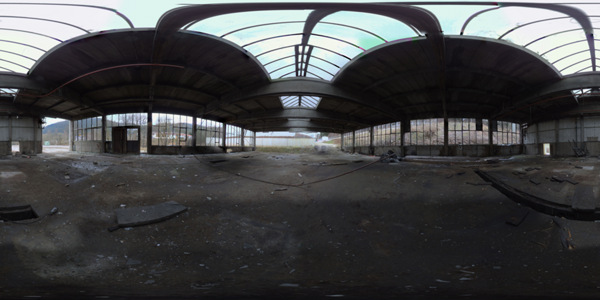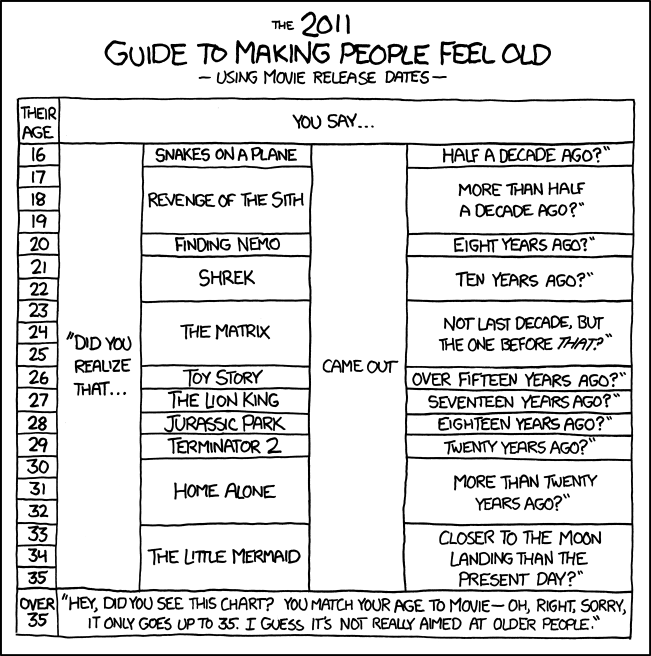On Stranger Tides
 Pirates 4 is in cinemas. I’ve worked on a couple of shots including a sequence of 3 shots at the climatic end of the movie. Unfortunately, the credits of our crew of about 20 artists had to be reduced to a single line of “additional vfx” to make room for the 200 Hawaiian drivers that were employed on set. Bummer.
Pirates 4 is in cinemas. I’ve worked on a couple of shots including a sequence of 3 shots at the climatic end of the movie. Unfortunately, the credits of our crew of about 20 artists had to be reduced to a single line of “additional vfx” to make room for the 200 Hawaiian drivers that were employed on set. Bummer.
What about the movie? Well, boring most of the time. The stereo 3D in the first half, where a lot of fast-paced sword fighting happens, is annoying and blurry. The glasses really dim the picture as well. Gorgeous matte paintings every once in a while but no properly motivated characters or dialogue to give them a reason for being in the movie. A good laugh every 20 minutes but Johnny Depp’s queer routine got old in part 2 already, and in “Stranger Tides” he seems to have realized it himself.
The movie is great for people who get excited by the mere image of pirates doing pirate-y stuff. Most of us leave that stage behind at age 14.
Piwik Visitor Tracking
Let me introduce you to the great piece of open-source software that is tracking your every click around here. The traffic statistics of comp-fu, bildfehler and pfotenbild are created by Piwik, a free and transparent replacement for google analytics. I’ve been running it for a year now and it has matured considerably during the past few months. Right now, it doesn’t just show you which search engine and keywords have led visitors to your site, it also does this in real-time. The user interface is pretty and straight-forward and of course it will exclude your own visits from the statistics.
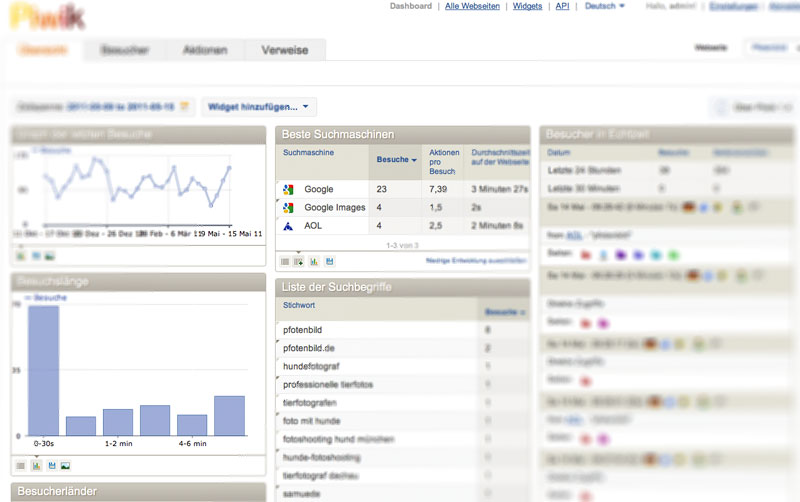
I don’t even use all of its features (it could also be used to set goals and track pre-defined paths across your site), but just the basic feature set is valuable enough. It allowed me to decide on the minimum screen resolution for my websites, whether to dive into the topic of iPad and iPhone-optimized CSS rules (result: not quite yet) and showed me useful keywords for the google adwords campaign that Pfotenbild is running. And it was easily integrated with WordPress and zenPhoto.
Diese Biene, die ich meine…
 Es wird neue Folgen von Biene Maja geben. In “3D” natürlich, und ob dieser Pressemitteilung denkt man sofort an Stereoskopie. Aber weit gefehlt, es handelt sich um “3D” im Sinne von CGI. Die Mitteilung wird garniert durch ein paar Screenshots, von denen hier einer abgebildet ist.
Es wird neue Folgen von Biene Maja geben. In “3D” natürlich, und ob dieser Pressemitteilung denkt man sofort an Stereoskopie. Aber weit gefehlt, es handelt sich um “3D” im Sinne von CGI. Die Mitteilung wird garniert durch ein paar Screenshots, von denen hier einer abgebildet ist.
Auf die Gefahr hin, potentielle Arbeitgeber zu vergällen: Oh je, sieht das altbacken aus. Das Character Design ist ja noch ok – schließlich geht es darum, die bekannten Figuren wieder erkennen zu können. Aber das Shading?! It’s just soooo 90’s.
Zum Vergleich ein schneller Überblick über semi-fotorealistisches, cartooniges Shading, das wir in den letzten Jahren genossen haben:

Transluzentes Blattwerk in A Bug’s Life. Anno 1998!

Lighting & Shading in Antz, ebenfalls 1998.

Skin-Shading in Oktapodi, 2007
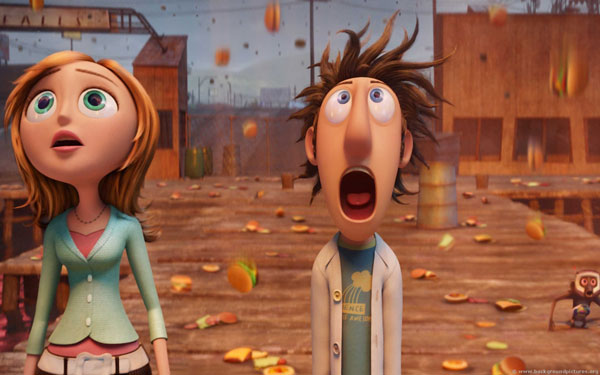
Details an Augen, Haaren und Haut in Cloudy With a Chance of Meatballs, 2009
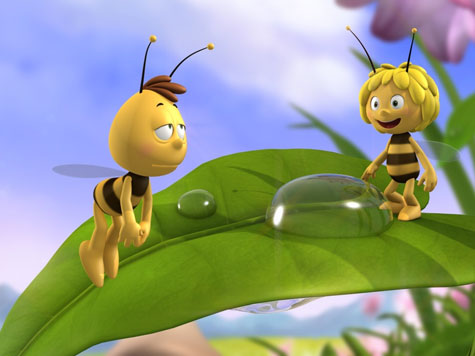
Die Biene Maya und ihr Freund Previz, 2011?
Es ist ja nicht so, dass es Deutschland an fähigen Artists fehlen würde (ich kenne jedenfalls eine Menge). Und natürlich habe ich keine Ahnung über Budget und den gewährten Zeitrahmen für das Maja-Remake… Aber ich glaube, nach allen meinen bisherigen Branchen-Erfahrungen, dass die Verantwortlichen beim ZDF sämtliche coolen Designs so lange abgeschossen haben, bis so etwas als kleinster gemeinsamer Nenner herausgekommen ist… Schade. Innovatives und Schönes wird dann eben weiterhin in Frankreich oder in Übersee produziert.
Bei der FMX und dem Stuttgarter Trickfilmfestival, die beide nächste Woche stattfinden, wird wieder zu sehen sein, was aktueller Stand der Technik und der Kunst ist.
Cube Map to Equirectangular (LatLong Map)
Now and then you need to touch up matte paintings or sky domes that have been stitched from photos and thus are in a panoramic format like the equirectangular – also called latlong – format.
In these cases a useful workflow involves rendering an undistorted view using a camera with an angle of view of 90 degrees and a square film back. If you did this 6 times along each axis it would be called a cube map, but usually you only need one face of the cube for retouching and it doesn’t have to face exactly in the same direction as an axis.

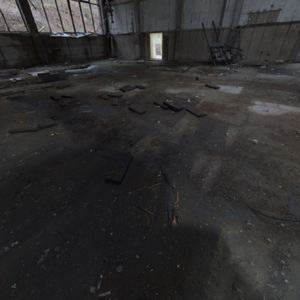
The advantage of these cube maps is that straight lines stay straight, which means you can easily use Photoshop’s vanishing point tool on walls and floors. The problem is the inverse transformation, that takes you back to a distorted, equirectangular panorama. Nuke has a nice tool called “SphericalTransform”, but Fusion users had to rely on 3rd party plugins or software like Hugin or HDR Shop.
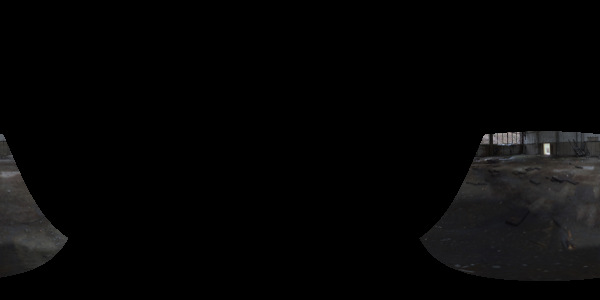
The modified cube map tile is transformed back into a latlong map.
Well, not anymore. This Fuse, called CubeToLatLong, will do the inverse transformation for you. The formulas I’ve used can be found here.
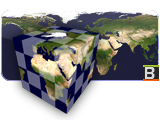
Download CubeToLatLong_v1_0.Fuse or read more about it on Vfxpedia.
Herr der Ringe Live
Gestern war ich in der Live-Orchester-Vorführung der Münchner Symphoniker von Lord of the Rings (Teil 2). Ein ambivalentes aber großartiges Erlebnis.
Zum einen sehr beeindruckend und 1A vorgetragen – inklusive großem Chor und Kinderchor sowie einer Solosopranistin. Andererseits ein durchaus gewöhnungsbedürftiges Zerteilen der eigenen medialen Aufmerksamkeitsfähigkeit: unmöglich, gleichzeitig Leinwand und Orchester im Auge zu behalten. Manchmal gehen auch die Sprechrollen in der Schlachtenmusik unter (gut, dass es die Originalfassung mit deutschen Untertiteln war).
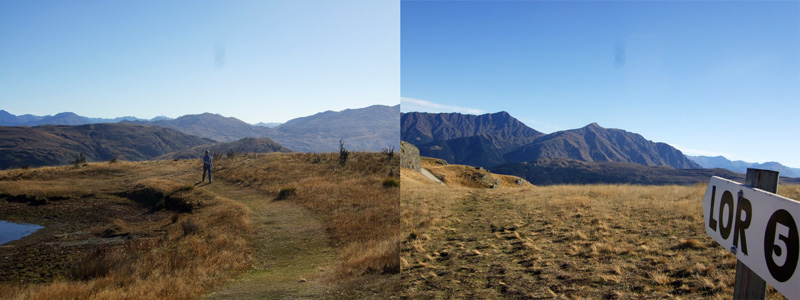
Lord of the Rings Film-Set bei Queenstown, NZ
Doch genau das macht die Einzigartigkeit dieses Erlebnisses aus: Dadurch, dass das in der normalen Kino-Wahrnehmung unsichtbare Filmorchester und dessen sonst perfekt in den Film gemischte Musik in’s Rampenlicht gezerrt werden, wird einem wieder bewusst, dass ein Film aus mehreren Komponenten besteht. Der passive Popcorn-Konsument in einem wird gefordert, diese Teile wieder zusammenzusetzen, was aber durch das unübersehbare und beleuchtete Musikerheer vor der Leinwand nicht funktionieren kann. Zurück bleibt Ehrfurcht vor dem Film als Gemeinschaftswerk, statt der sonst üblichen und schnell verkonsumierten Fixierung auf die Gesichter der Hollywoodstars.
